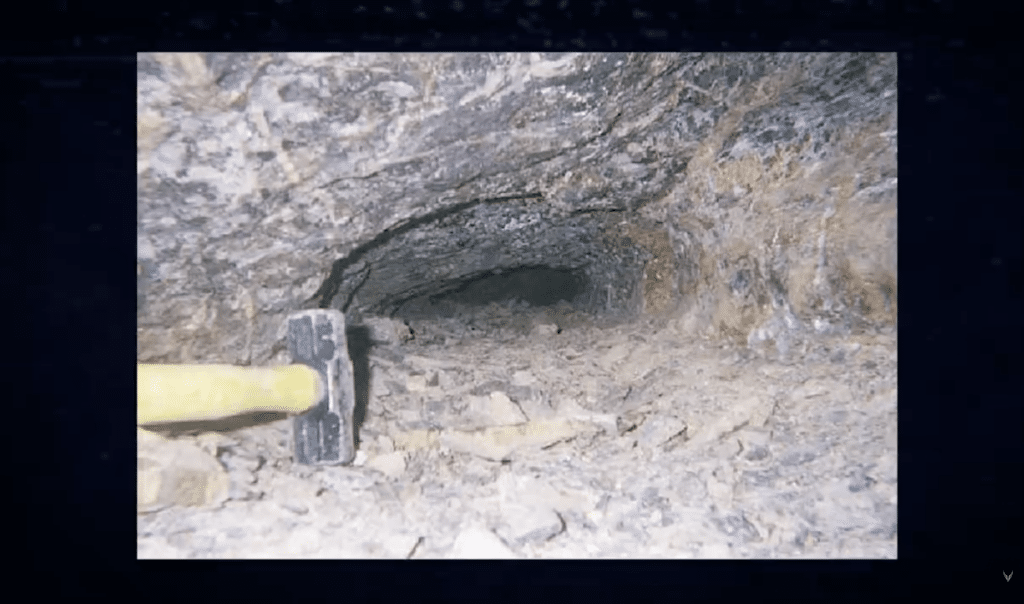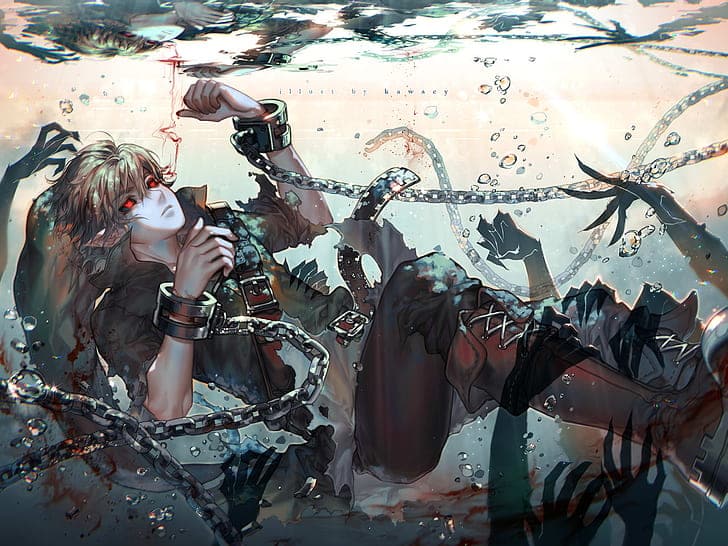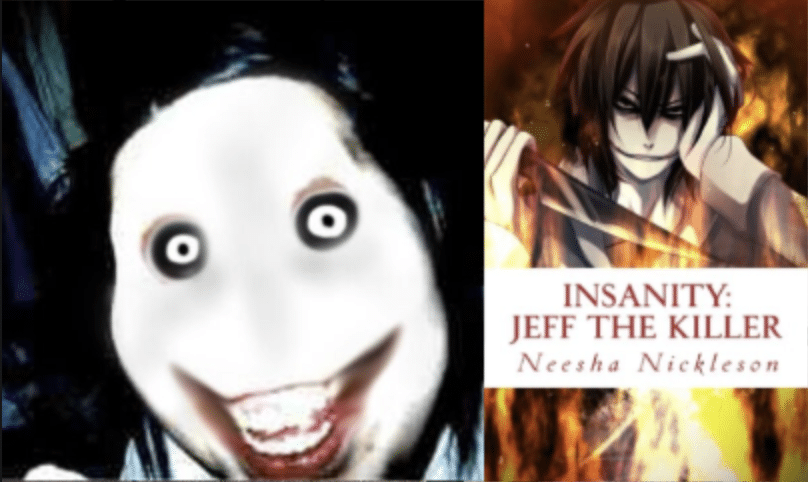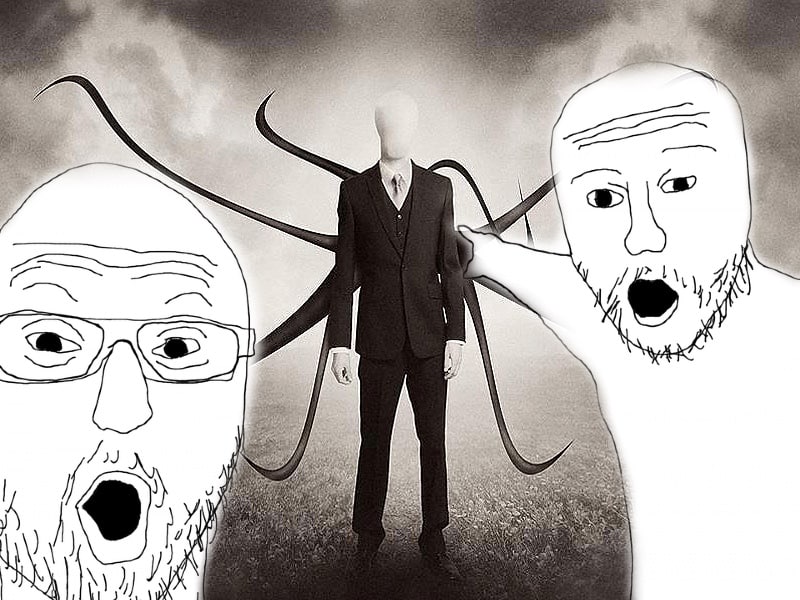Since the dawn of the internet, horror stories have evolved into new forms to suit the medium. Niche blog posts from the early 2000s have evolved into mainstream cultural hallmarks, turning urban legends into fandoms, movies, and entire subgenres of fiction. But how did we get here? And what comes next?
“Creepypasta” plays off of the term “copypasta,” describing a subset of internet horror stories. The genre is unique to its medium. The stories are comprised of mysterious blog posts and threads, rumors of email chains, or photos of the uncanny valley.
While it likely wasn’t the first horror story hosted on the internet, the widely accepted origin of “Creepypasta” traces back to a 2001 blog belonging to one “Ted the Caver.” The blog was comprised of a series of posts by Ted, who explained an odd phenomenon in a nearby cave that he explored with his friends. Each post gave an update, hinting to a new spooky red flag, until the blog stopped updating, indicating that Ted had mysteriously disappeared in the cave.

Sure, there’s charm in traditional horror stories: friends gathered around a campfire, a book with spooky illustrations, a movie filled with tense strings and jumpscares. However, creepypasta is unique in that it requires rumors, alteration, and “fan” participation in its storytelling. It doesn’t just live on the internet, but specifically plays off of it to effectively craft its horror.
The format is a double-edged sword for the genre, though, bolstering its popularity while simultaneously bastardizing its charm.

Credit: Public domain
The internet not only told the story but framed it. There’s less of a boundary between narrator and reader, as the website forum itself is used as a part of the story. Much like the diary format at the beginning of Bram Stoker’s “Dracula,” or the found footage gimmick in “The Blair Witch Project,” the formatting of the story puts the reader in the same world as the story, suspending their disbelief.
The medium of the internet and the anonymity of most storytellers allows something like a simple scary story to transform into an interactive urban legend.

But much like real-world bigfoots, internet cryptids developed their own cult followings and fan spaces. Unlike bigfoot, however, the majority of creepypasta fanatics were young teenagers with a complete lack of accountability.
Eventually, the niche subculture of creepypasta became a cesspool of overly absurd, often poorly written, and overly exaggerated stories. Jeff the Killer, for example, was a popular recurring creepypasta character that many teenage girls admired. In his case, the horror element was usually ignored in lieu of depicting him as a misunderstood sadboy brooding at the back of a hot topic.

Credit: Youtube/Mysteries of the Media
The most famous example of a creepypasta, Slenderman, was adapted into multiple videogames and a movie. Though its charm faded with time as more and more people contributed more and more lore to what was originally a simple concept. Not to mention, once real violence was committed in his name, it had obviously gone too far.
This video explains some of the stories in more depth, and how they started to fail.
While creepypasta as a subculture was left behind as a slowly rotting husk of the 2000s and 2010s culture, the internet horror story wasn’t lost with it.
A branch-off from early creepypasta, the SCP Foundation uses a Wikipedia database to explore odd phenomena as if it were a secret organization’s X-files archive. SCPs use the internet medium and fan participation elements of creepypasta, evolving and refining what worked, while casting aside what didn’t. The stories are more cerebral, playing off of the fear of the unknown or the uncanny, and are quite a fun rabbit hole to explore.

Overall, the use of the internet in horror has changed the genre as we know it. The use of fandom in telling a compelling horror story was once much harder if not impossible with previous mediums. While it’s natural for a burgeoning medium/genre to have its duds, it’s apparent by the emergence of SCPs and Reddit forums dedicated to “nosleep” stories that the future for internet horror is only going to be further refined, albeit further centralized.













